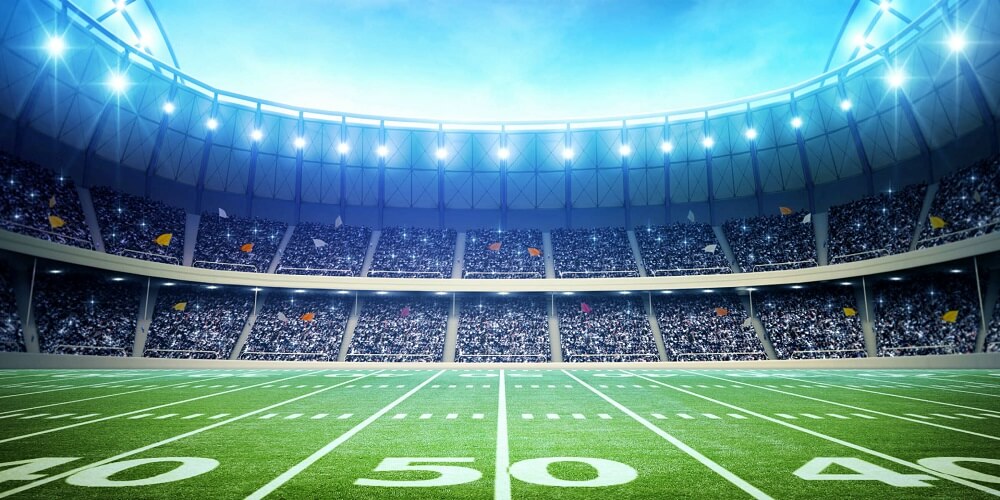The features of good quality stadium lights are unique to themselves alone. While purchasing lighting for homes, one might just consider the brand name and brightness. In stadium lighting, the brand name is still vital. But trusted pro brands are not as well known as in the case of regular household lighting. A few of the companies dealing in household lighting also extend to stadium lighting. But that is not always the case. By the end of this article we should be able to identify what features lo look out for when installing baseball field lights.
In that situation how does one go about recognizing what brands could be trusted? While looking to purchase standard stadium lighting what features could a person decide to base his or her choice on? For this article we will be assisting our readers as they make their choice. While we might not consider every single detail, we will consider the essential ones.
Key Features of Good Quality Stadium Lights
There are lots of features for new age good quality stadium lights. This features develop and evolve with time. But we will have to work with what we have in the present stadium light market. These features include but are not limited to:
1. Rotatable Modular Structure
Good quality stadium lights should possess modules which can be rotated. For now, a rotation of 30 degrees is more than decent. This enables the installer to be able to rotate and position the light in a way that its effects would be maximized.
2. Galvanized Steel Brackets
This galvanized steel brackets are as important as the lighrbpting effects of the stadium lights. This is because the galvanized brackets are in place to reduce corrosion and rust. This feature is needed because the lights stand outdoors regardless of the weather in most cases. This makes it easy for them to quickly start rusting or corroding. But with these brackets, the process is considerably reduced. These brackets are able to rotate up to 270 degrees for some models.
3. Die Cast Technology
The lights have the benefits of the die cast technology as part of their production. After installment the stadium light possess heat sinks which possess excellent thermal management capabilities. So they can handle slightly higher temperatures.
4. Straightforward Modular Design
This design makes the whole installment process a sort of DIY affair. So they are purchased in modules or parts. These parts could be very easily reassembled. This modular design makes packaging and transportation easier to facilitate. Besides, how would a person move several meters of large lighting gear? Thankfully, their modular structure has taken that problem off the table.
5. Module Lighting
The lighting could also be calculated in modules. When each module generates 240W of light and the entire thing, about 1200W, one has a decent stadium light.
Conclusion
A stadium light with the above features could be said to be of good quality. However, these are just the basics. Looks out for other added benefits.

